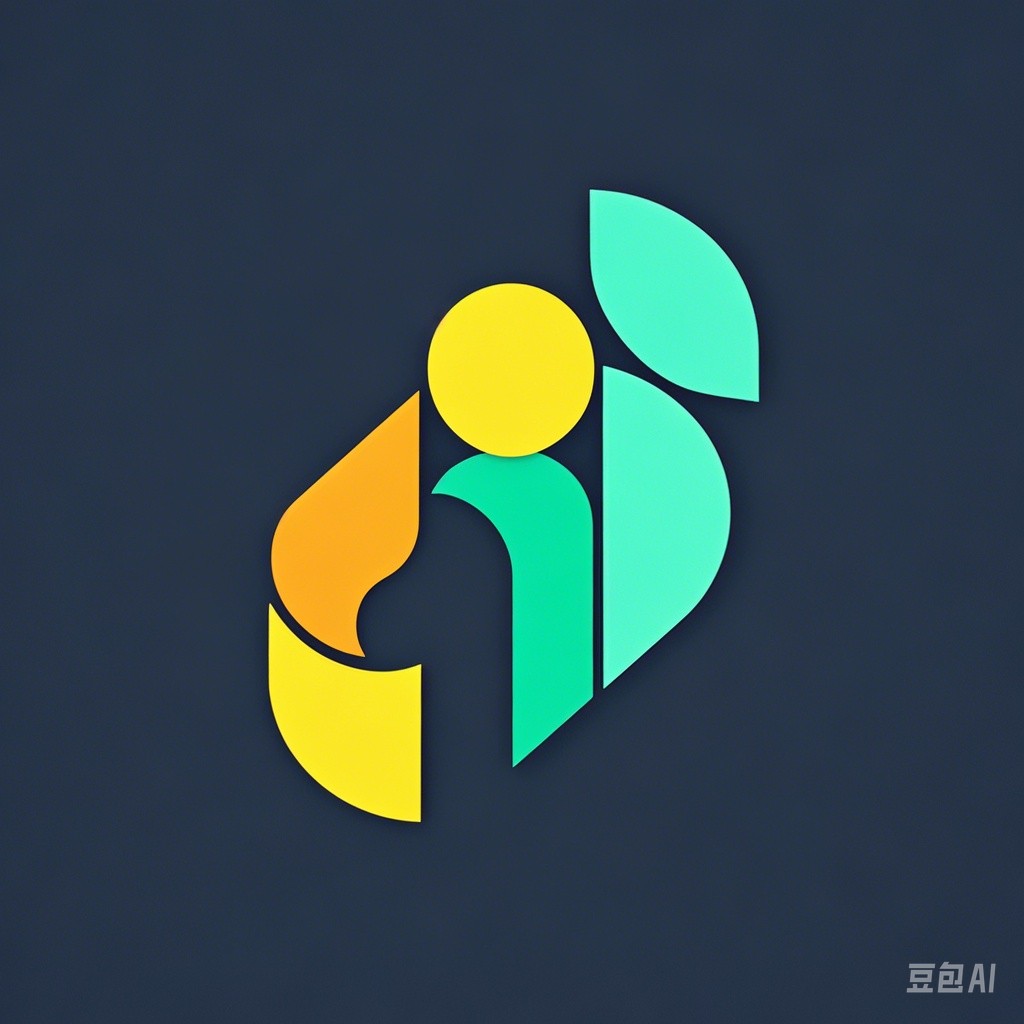In the rapidly globalizing world of sports, the need for accurate and effective translation of sports projects has become increasingly important. Whether it’s marketing materials, athlete biographies, or international sports events, the ability to translate sports content into different languages is crucial for reaching a diverse audience. This article delves into the art of sports project translation, offering insights into the challenges, best practices, and tools that can help professionals master this field.
Understanding the Challenges
Cultural Nuances
Sports project translation involves more than just converting words from one language to another. Cultural nuances, idioms, and expressions can significantly impact the accuracy and effectiveness of the translated content. Understanding the cultural context is essential to ensure that the message is conveyed correctly and respectfully.
Language Specifics
Each language has its own unique grammar, syntax, and vocabulary. Sports terminology, in particular, can vary greatly between languages. Translators must be familiar with the specific language and sports concepts to produce accurate translations.
Deadlines and Quality Assurance
Sports projects often come with tight deadlines, especially in the context of live events or marketing campaigns. Balancing speed and quality is a significant challenge for translators.
Best Practices for Sports Project Translation
1. Language Skills
A strong command of both the source and target languages is non-negotiable. Translators should have a deep understanding of grammar, idioms, and cultural nuances to ensure accurate translations.
2. Subject Matter Expertise
To translate sports content effectively, it’s important to have a solid understanding of the sports domain. This includes knowledge of various sports, rules, and terminology.
3. Use of Technology
Leveraging translation tools and software can greatly enhance efficiency and accuracy. However, it’s crucial to remember that these tools are not foolproof and should be used as aids rather than replacements for human expertise.
4. Collaboration
Working with subject matter experts, such as sports coaches or analysts, can provide valuable insights and ensure that the translation is accurate and culturally appropriate.
5. Quality Control
Implementing a rigorous quality control process is essential. This may include proofreading, editing, and back-translation to ensure the translation meets the required standards.
Case Studies
Case Study 1: Marketing Campaign for an International Sports Event
For an upcoming international sports event, a translation agency was tasked with translating marketing materials into several languages. The agency used a combination of human translators and translation memory software to meet the tight deadline. The campaign was a success, with high attendance from various countries.
Case Study 2: Athlete Biography Translation
An athlete’s biography needed to be translated into multiple languages for a global audience. The translator, who had experience in sports writing and the athlete’s sport, ensured that the translation captured the essence of the athlete’s journey and achievements.
Tools and Resources
1. Translation Memory Software
Translation memory software, such as SDL Trados Studio and memoQ, helps translators maintain consistency and efficiency in their work.
2. Online Dictionaries and Term Banks
Online resources like TermBank and the Sports Terminology Database provide access to a vast array of sports terminology in various languages.
3. Professional Networks
Joining professional networks, such as the American Translators Association (ATA) and the International Federation of Translators (FIT), can provide valuable resources and networking opportunities.
Conclusion
Mastering the art of sports project translation requires a combination of language skills, subject matter expertise, and the use of appropriate tools and resources. By understanding the challenges and following best practices, translators can unlock the global potential of sports content and help bridge the language gap for a diverse audience.
